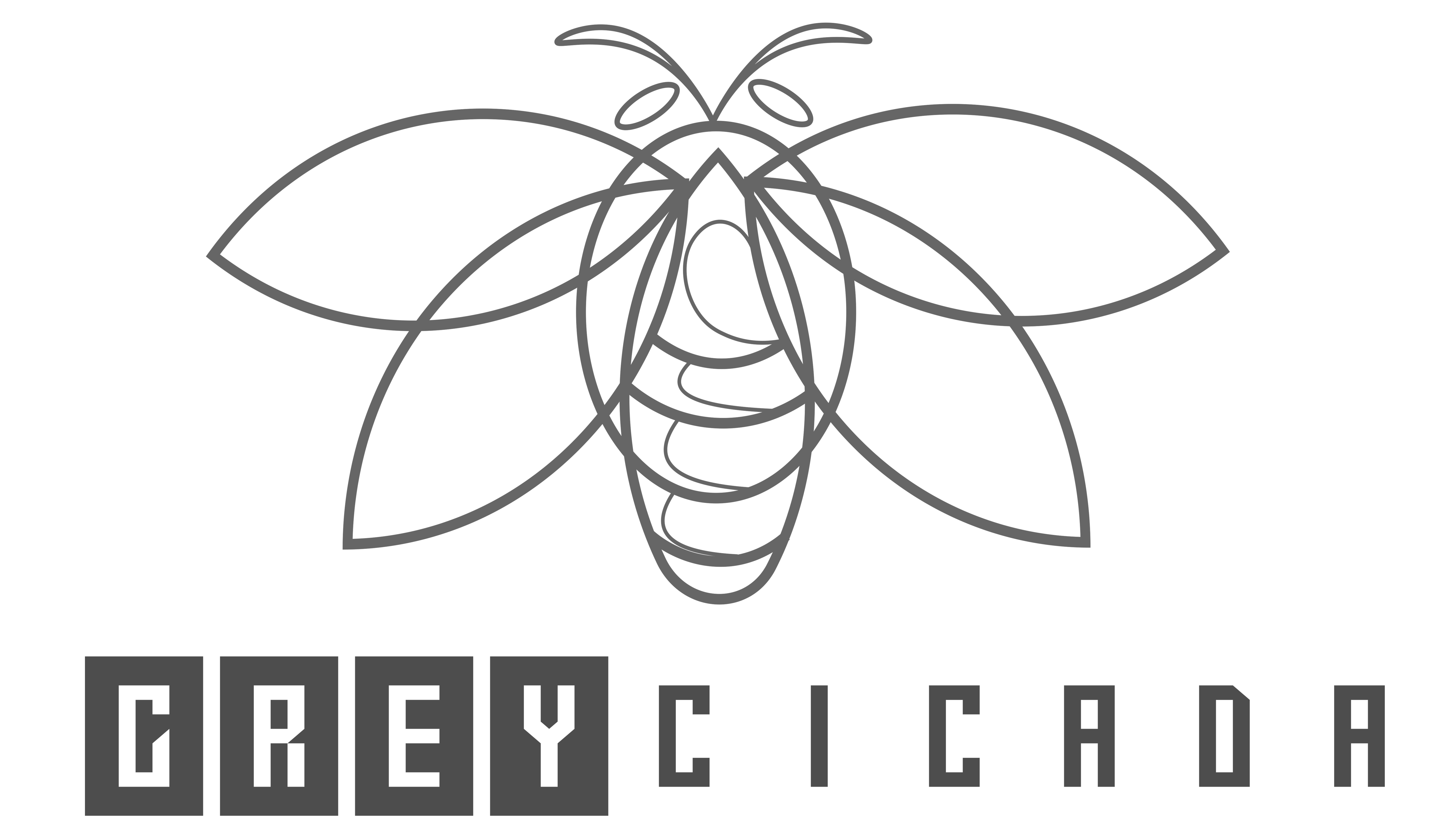FREE SHIPPING OVER $50
The Peptide Stacking Method Helping People Over 45 Rebuild Muscle—Without Spending Hours in the Gym

If you’re over 45, you’ve likely noticed a frustrating shift in your fitness journey. The muscle that once seemed easy to build is now difficult to maintain, and recovery after a tough workout takes days, not hours. This frustrating decline isn’t a failure of willpower; it’s a natural physiological process called sarcopenia, or age-related muscle loss, accelerated by plummeting growth hormone and testosterone levels. The traditional answer—spending endless hours in the gym—simply isn’t sustainable, especially when the body struggles to repair itself.
The good news is that a growing number of health experts, biohackers, and longevity enthusiasts are turning to a cutting-edge strategy known as the Peptide Stacking Method. This method offers a molecular shortcut, targeting the root biological causes of muscle loss and sluggish recovery. It allows individuals over 45 to rebuild muscle mass, boost energy, and see real results from shorter, more effective workouts, all without spending hours in the gym. By understanding how these peptides work together, you can unlock a powerful new phase of fitness and vitality.
Understanding the Enemy: Why Muscle Mass Declines After 45
To appreciate the solution, we must first understand the problem. The primary driver of sarcopenia is the age-related decline in anabolic hormones and signaling pathways.
The Growth Hormone Plateau
Peak natural growth hormone (GH) production occurs during adolescence and drops steeply by the time we reach our 40s. GH is essential because it stimulates the liver to produce IGF-1 (Insulin-like Growth Factor 1), the molecule that tells muscle cells to grow and repair. Less GH means less IGF-1, resulting in slower muscle protein synthesis and poor recovery.
Inflammation and Recovery Lag
As we age, we experience increased chronic inflammation. This not only accelerates cellular aging but also actively interferes with the muscle repair process after exercise. The result is joint aches, prolonged soreness, and a feeling that your body simply can’t keep up with the demands of strength training.
The Solution: The Peptide Stacking Method
The Peptide Stacking Method involves using two or more complementary peptides simultaneously to amplify their individual benefits, particularly by stimulating the body’s natural growth hormone release. This is not a steroid or synthetic hormone therapy; it is a way to trigger the body’s own youthful mechanisms.
What Are Peptides?
Peptides are short chains of amino acids—the building blocks of protein. They act as signaling molecules, telling cells what to do. The peptides used for muscle rebuilding are typically Growth Hormone Releasing Peptides (GHRPs) and Growth Hormone Releasing Hormones (GHRHs). They instruct the pituitary gland to secrete more natural GH.
The Essential Stack: Two Peptides for Maximum Muscle Rebuilding
The most common and effective Peptide Stacking protocol for people over 45 involves combining a GHRH (which provides the signal) with a GHRP (which amplifies the signal).
Peptide 1: Ipamorelin (The GHRP)
Ipamorelin is a selective Growth Hormone Releasing Peptide. It mimics ghrelin (the hunger hormone) to prompt the pituitary gland to release a pulsatile dose of GH.
- Primary Benefit: Ipamorelin is known for its clean GH release. Unlike older peptides, it stimulates GH without significantly increasing cortisol (the stress hormone) or prolactin (a hormone that can interfere with testosterone). This is vital for older individuals who are already prone to high cortisol levels.
- Result: Enhanced muscle protein synthesis and improved sleep quality, which is crucial for recovery and natural GH release.
Peptide 2: CJC-1295 (without DAC) (The GHRH)
CJC-1295 is a Growth Hormone Releasing Hormone analog. It works synergistically with Ipamorelin by stabilizing the pituitary signal, ensuring a larger, more sustained release of GH.
- Primary Benefit: When paired with Ipamorelin, CJC-1295 creates a powerful, sustained pulse of GH. The Ipamorelin triggers the release, and the CJC-1295 ensures the pulse is robust and prolonged.
- Result: Faster recovery, improved energy levels, and increased fat burning due to the enhanced lipolysis (fat breakdown) often associated with higher GH levels.
How the Stacking Method Reduces Gym Time
The question remains: How does this method allow you to rebuild muscle without spending hours in the gym? The answer is simple: recovery and efficiency.
1. Accelerated Repair (The Real Time Saver)
The increased, consistent levels of IGF-1 driven by the peptide stack mean that muscle damage from a workout is repaired much faster.
- Impact: Instead of needing 48-72 hours of downtime between heavy strength training sessions, many users find they are ready to train the same muscle group in 24-48 hours. This allows for more frequent, shorter workouts focused on intensity, maximizing muscle growth stimulus in less time.
2. Reduced Need for Volume
When anabolic signaling is optimized, you don’t need excessive workout volume to trigger growth.
- Impact: You can focus on hitting a muscle hard with compound movements (squats, deadlifts, rows) for 30-45 minutes. The peptides then handle the heavy lifting of the repair process, ensuring that every short, intense workout is maximized for muscle protein synthesis.
3. Better Sleep and Energy
Because Ipamorelin is known to promote deep, restorative sleep (often called Slow Wave Sleep), the body produces more natural GH during the night. This cumulative effect boosts energy during the day, making intense but short workouts feel more manageable.
Safety and Practical Implementation: What to Know
The Peptide Stacking Method is sophisticated and requires careful consideration and professional oversight.
Importance of Professional Guidance
Because peptides are powerful signaling agents, they should never be taken without consultation.
- Consult a Specialist: It is vital to consult a medical doctor specializing in anti-aging or longevity medicine who can monitor your blood work (specifically IGF-1 levels) to ensure the protocol is safe and effective for your individual health profile.
- Legal and Ethical Use: Peptides must be sourced from reputable, licensed compound pharmacies or suppliers. They are generally not approved by the FDA for these specific uses but are often prescribed off-label by specialized doctors.
Dosage and Timing
The method typically involves two small subcutaneous injections daily:
- Morning: A dose taken upon waking, ideally 30 minutes before breakfast or pre-workout.
- Evening: A dose taken right before bed, as this aligns with the body’s natural nocturnal GH pulses, maximizing the sleep-enhancing and recovery effects.
Conclusion
The decline of muscle mass after age 45 is a natural, yet frustrating, obstacle to longevity and vitality. The Peptide Stacking Method, particularly the combination of Ipamorelin and CJC-1295, offers a powerful molecular solution by safely boosting the body’s natural growth hormone and IGF-1 signaling. This strategy fundamentally enhances recovery and muscle protein synthesis, allowing individuals over 45 to achieve transformative results with shorter, more focused workouts, finally enabling them to rebuild muscle without spending hours in the gym and reclaim their youthful strength.
Related Articles
- She Lowered Her Cholesterol 66 Points Naturally—No Statins, Just This One Supplement
- Can Creatine and Protein Help Seniors Who Don’t Work Out? The Answer Might Surprise You
- Warning for Women Over 50: The 1 Common Supplement That Accelerates Bone Loss, Says Geriatrician
- New Hope for Alzheimer’s? This Popular Supplement Shows Surprising Promise in Latest Study
- Think Collagen Is Just Hype? These Skin, Hair, and Joint Results Say Otherwise



